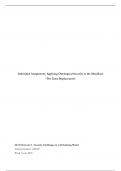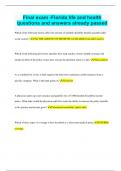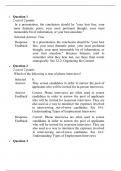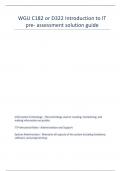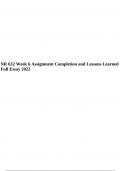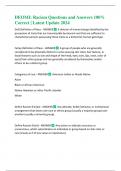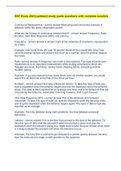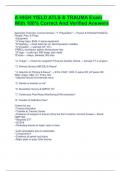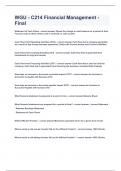Summary
Summary LPC Notes PCR Revision Notes 2023 (Distinction - 85%) (BPP, ULaw and City)
*I will not be updated these notes on Stuvia going forward, please purchase the most up-to-date version at brigittesnotes(DOT)com* Notes on PCR for the LPC at BPP University. While originally prepared for BPP students, some of my friends from ULaw and City University have also used these notes a...
[Show more]




